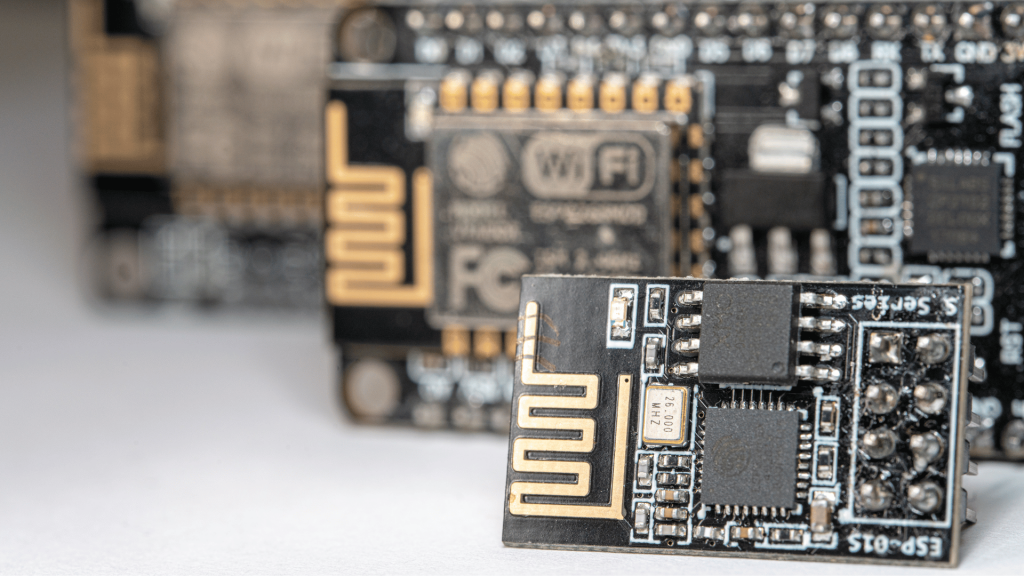In the fast-growing world of the Internet of Things (IoT), microcontrollers play a crucial role in enabling connectivity and control. The most popular choices for such applications are versatile and powerful microcontrollers developed by Espressif Systems, including the ESP32 and ESP8266 series.
They gained immense popularity in the world of embedded electronics and IoT due to their remarkable capabilities. These powerful yet affordable devices offer built-in Wi-Fi and Bluetooth capabilities, making them ideal for a wide range of IoT applications.
This blog post will explain why these MCUs are so popular by describing some of their features and providing a few examples of the standard applications in which they are used. Whether you’re a hobbyist or a full-time developer, the ESP opens a world of possibilities for your electronic projects.
History
Espressif Systems is a Chinese semiconductor company, founded in Shanghai, China, in 2008. Their initial focus was on developing low-power Wi-Fi solutions for embedded systems.
In 2014, Espressif introduced the ESP8266, a highly integrated and low-cost Wi-Fi module. The module gained significant attention in the embedded world, thanks to its capabilities for such an affordable price. It quickly became the go-to platform for many IoT and DIY projects.
In 2016, Espressif launched the ESP32 – a more powerful microcontroller than its predecessor. It features both Wi-Fi and Bluetooth capabilities why it became even more popular than the ESP8266. After that, Espressif released a few more chip series, including ESP32-S (ESP32-S2 and ESP32-S3) series, ESP32-C (ESP32-C2, ESP32-C3 and ESP32-C6) series and ESP32-H (ESP32-H2) series.
Espressif systems products became available in the form of SoCs (System on a chip), modules, and development boards. They even made the ESP Product Selector, an online tool to help users choose the right product for their specific needs. It offers a series of filters to narrow down the available options based on the user’s requirements.






